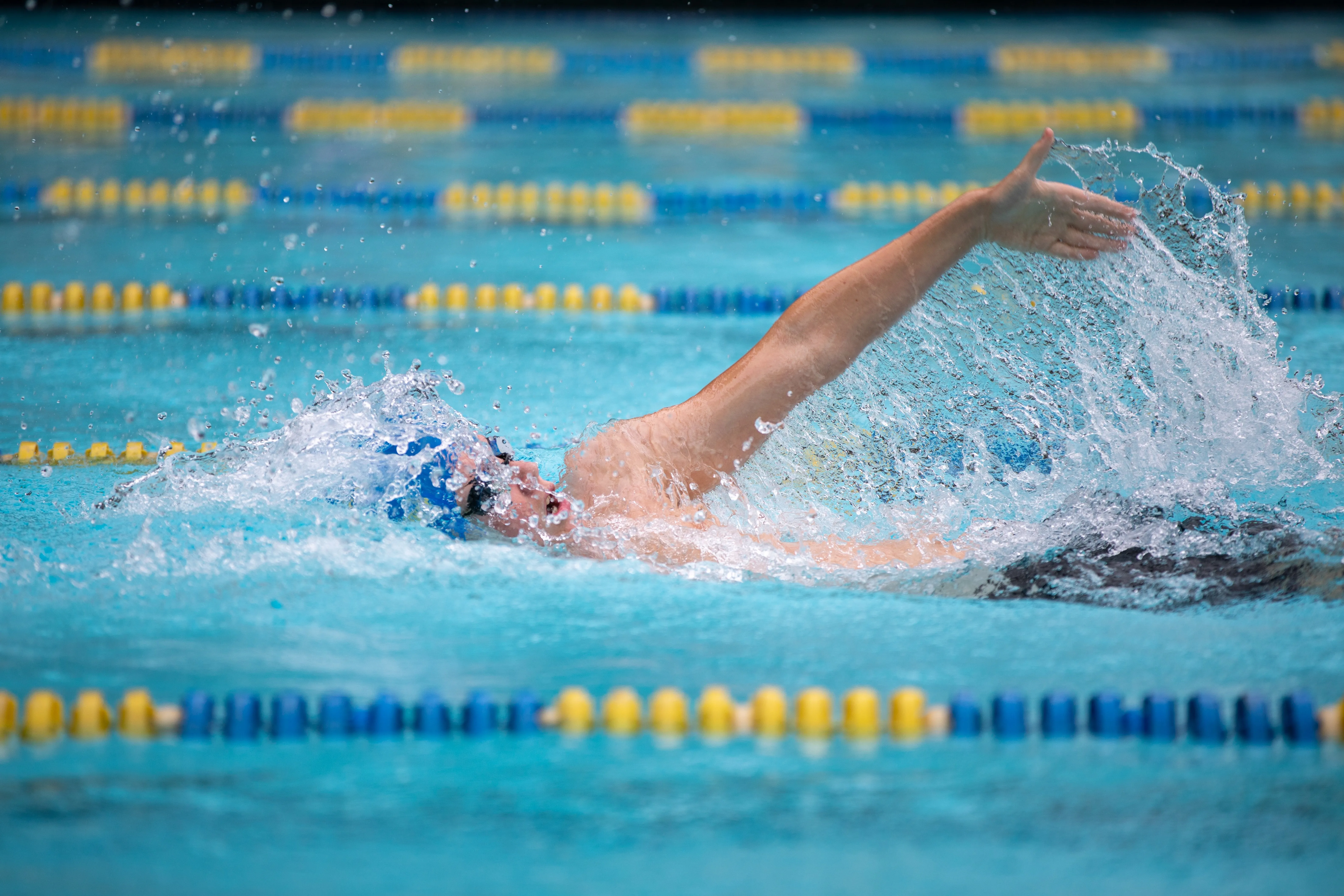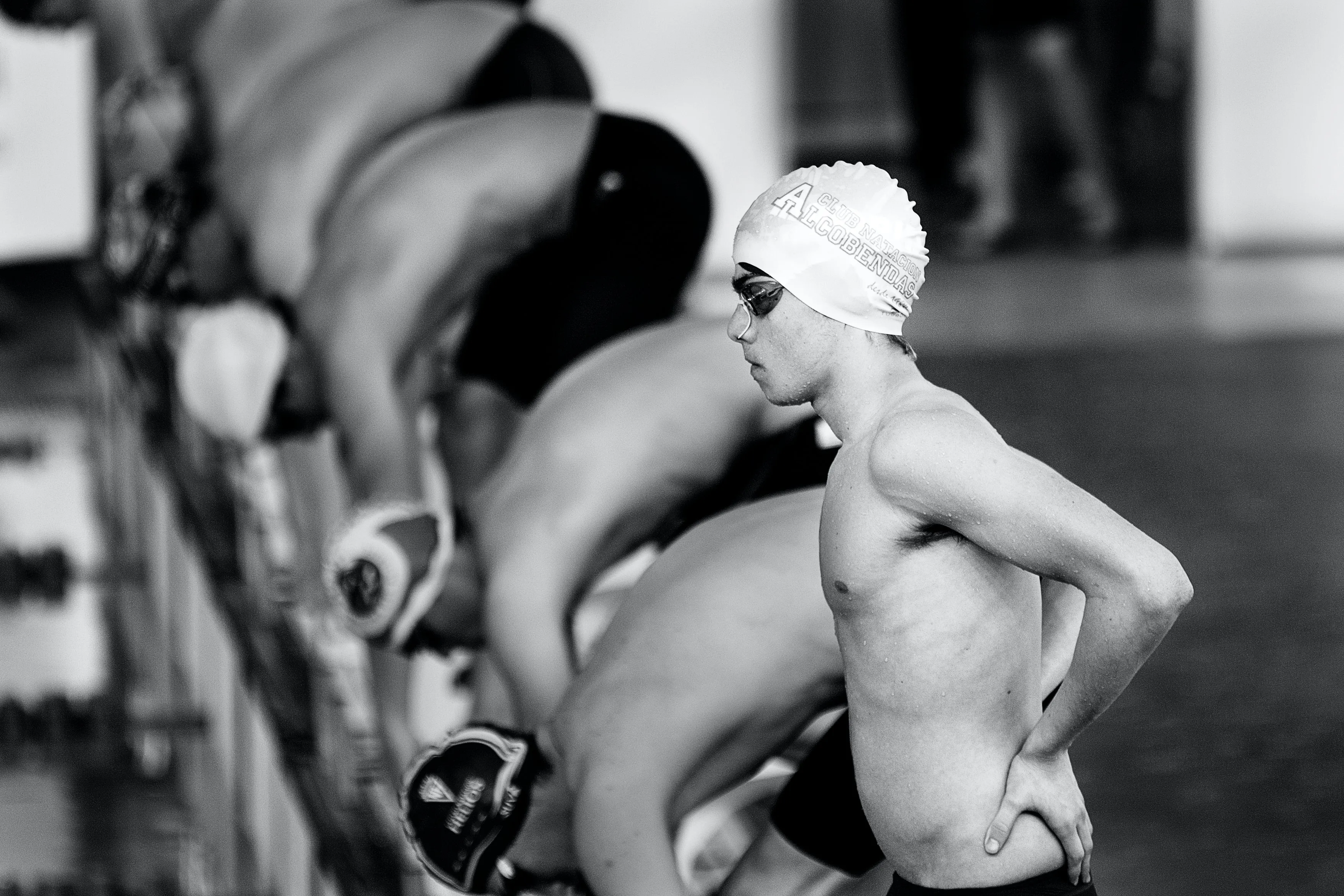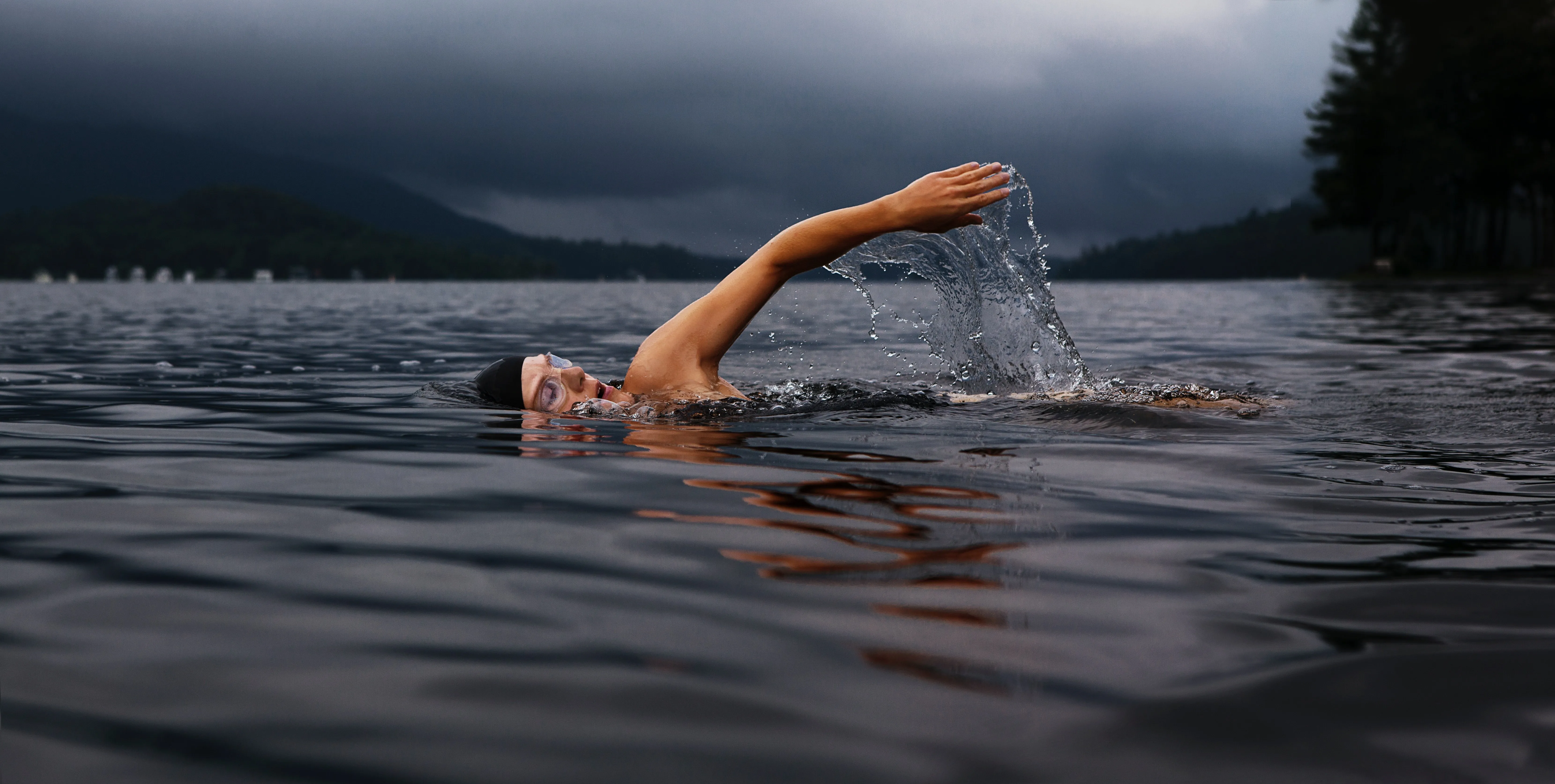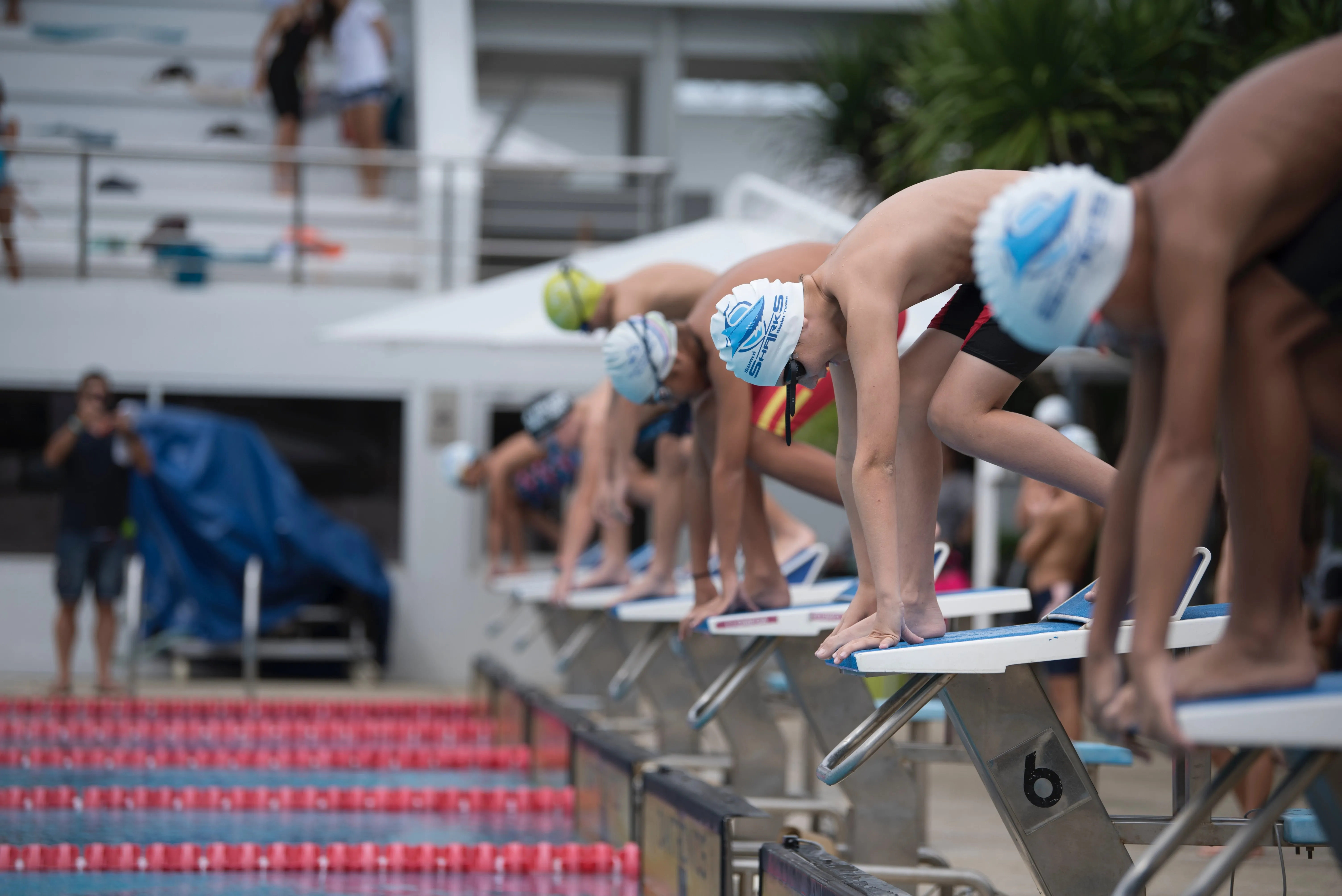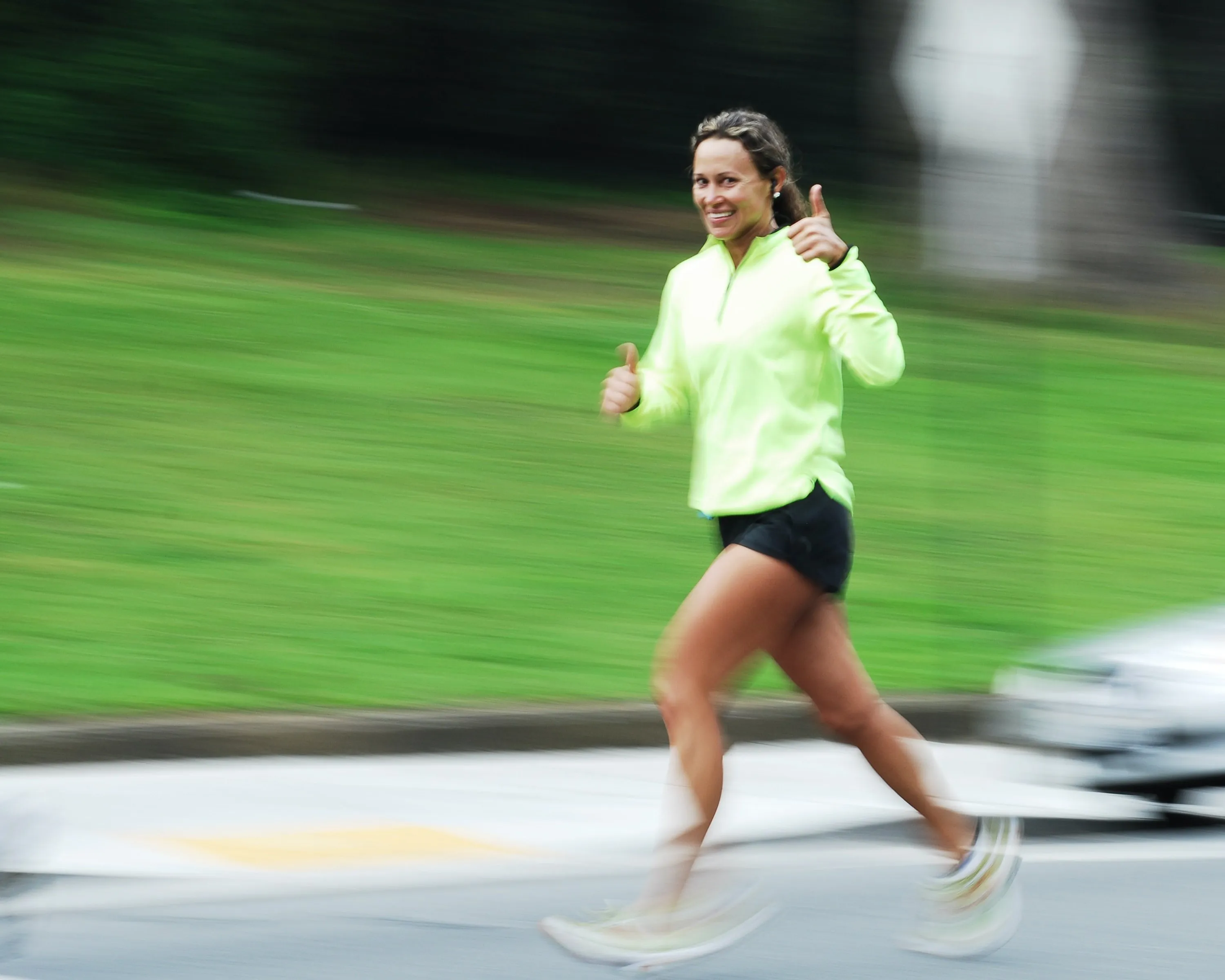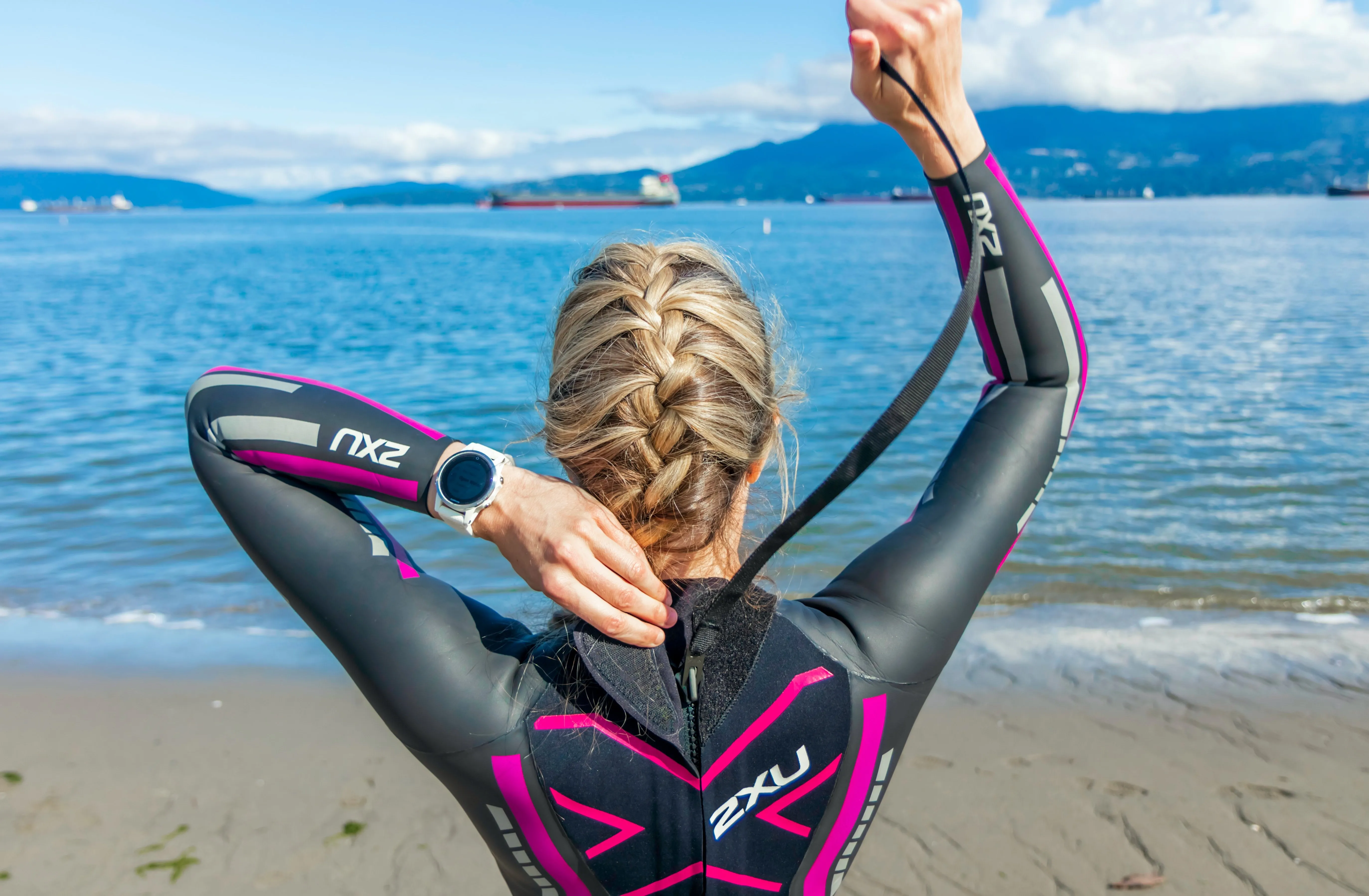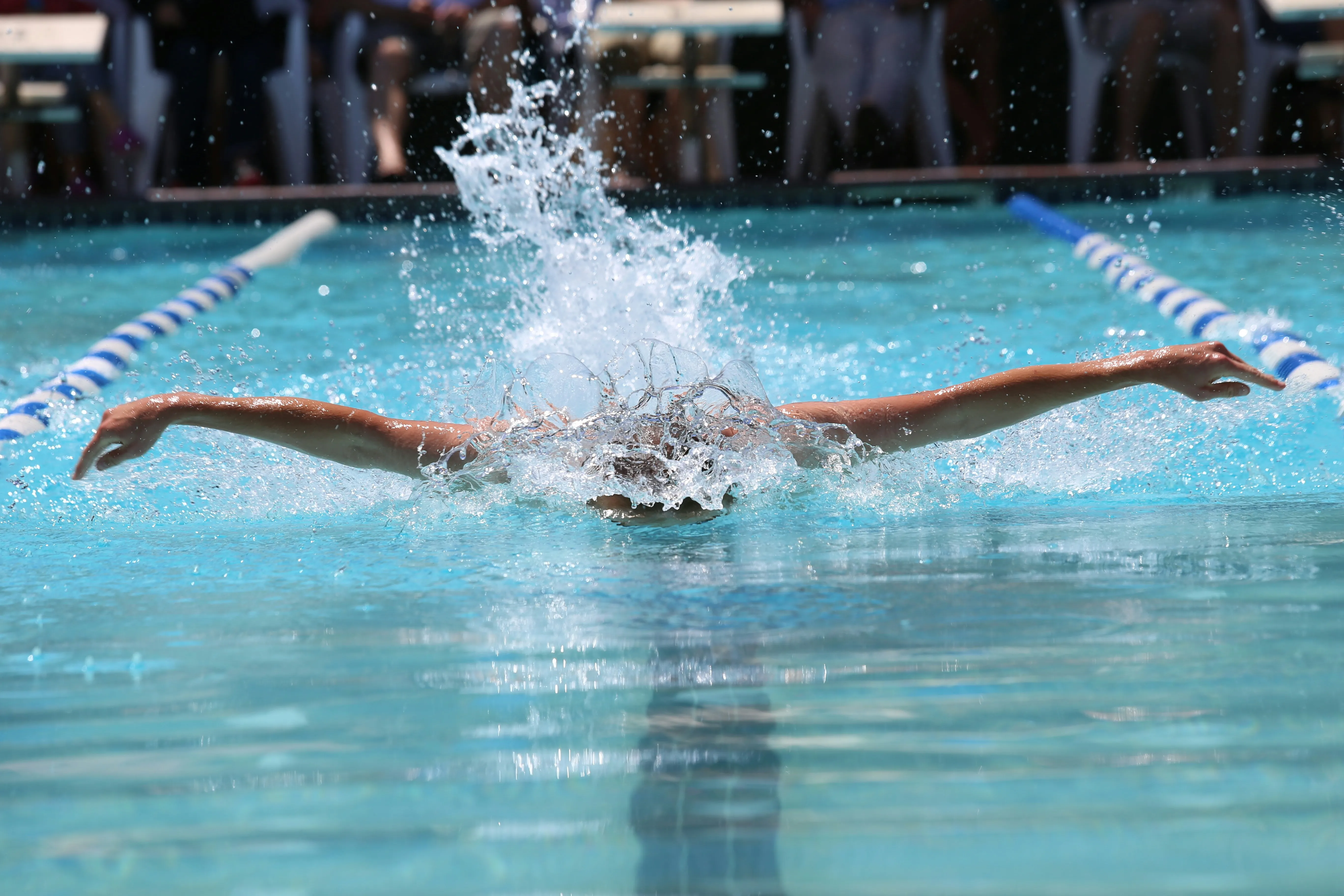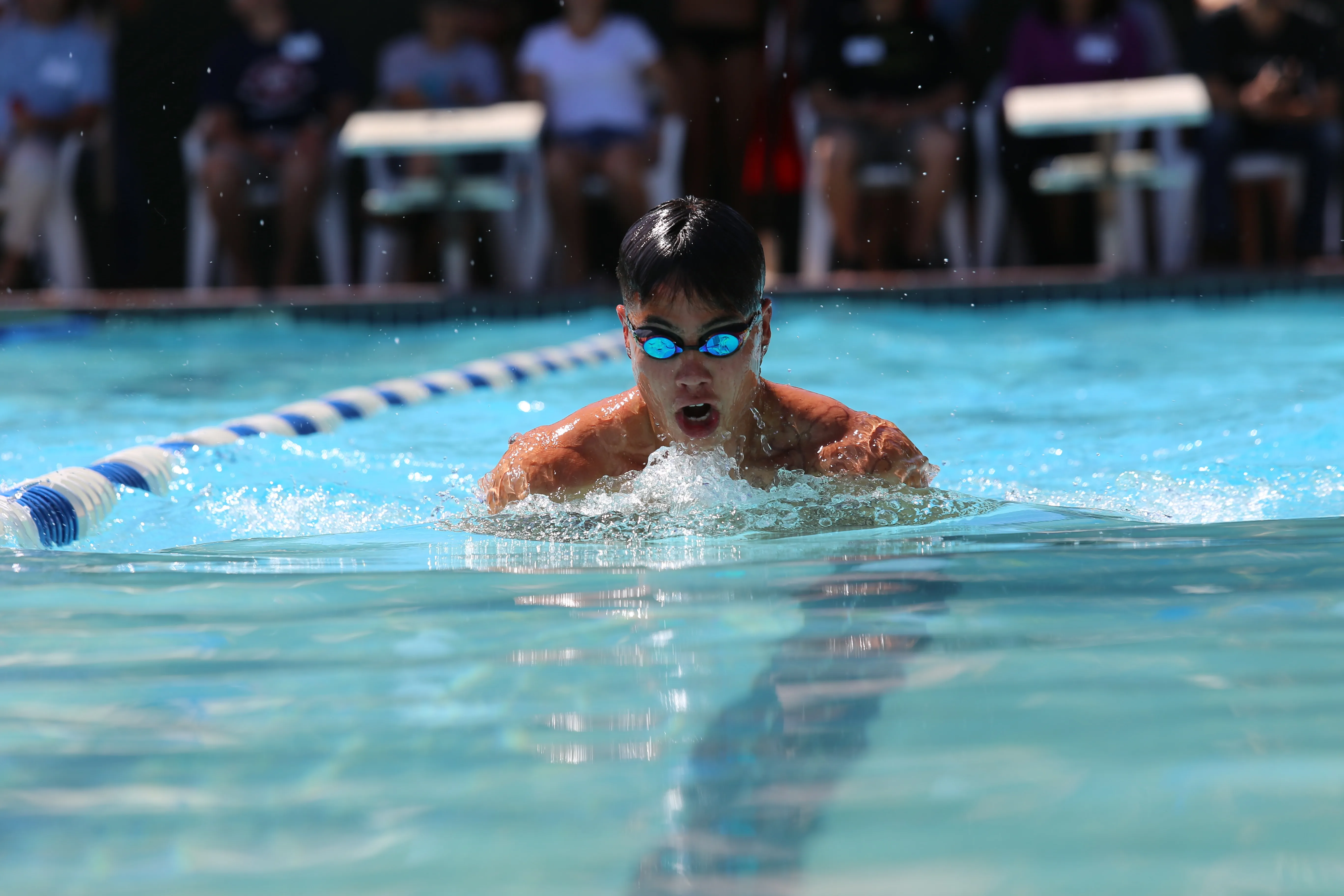Swimming Through the Ages: Adapting Your Technique as You Grow Older
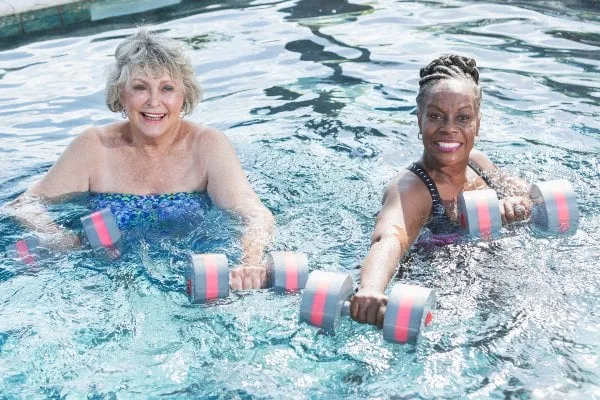
Swimming is a sport that transcends age. Its low-impact nature, combined with the therapeutic effect of water, makes it a fantastic choice for maintaining fitness, mobility, and vitality as we age. But as our bodies change, so should our approach to swimming. This guide will provide practical advice for older swimmers on how to adapt their technique and continue enjoying swimming while staying fit and healthy.
The Benefits of Swimming for Older Adults
Swimming offers numerous benefits for older adults, including:
1. Cardiovascular Fitness: As an aerobic exercise, swimming is great for maintaining and improving heart health.
2. Joint Health: The buoyancy of water reduces stress on the joints, making swimming an ideal exercise for those with arthritis or joint issues.
3. Muscle Strength and Tone: Resistance from the water can help maintain muscle strength and tone, promoting overall fitness and helping with daily tasks.
4. Balance and Coordination: Swimming can enhance balance and coordination, reducing the risk of falls and injuries.
Adapting Your Swimming Technique
As we age, our bodies undergo physiological changes such as reduced flexibility, muscle strength, and lung capacity. These changes necessitate some modifications in our swimming technique and approach:
1. Warm-Up and Cool-Down: Ensure you dedicate ample time to warming up before swimming and cooling down afterwards. This can help avoid injuries and post-exercise muscle stiffness.
2. Modify Your Strokes: You may need to modify your strokes to accommodate changes in flexibility or strength. For example, you might switch from the butterfly to breaststroke or freestyle, which are easier on the joints.
3. Listen to Your Body: Pace yourself and listen to your body. If you feel pain, discomfort, or excessive fatigue, it’s important to take a break or modify your routine.
4. Quality Over Quantity: Focus on maintaining good technique over the number of laps. It's better to swim a few laps with good form than many laps with poor technique.
Swimming Safely as an Older Adult
Safety remains paramount when swimming at any age. Here are some safety tips for older swimmers:
1. Regular Health Checks: Ensure you have regular check-ups with your doctor, especially if you're starting a new exercise regimen.
2. Hydrate: Seniors are more susceptible to dehydration. Remember to hydrate before, during, and after your swim.
3. Never Swim Alone: Always swim with a buddy or ensure a lifeguard is present, particularly if you are swimming in open water.
4. Use Appropriate Swimming Aids: Using aids such as kickboards, pull buoys, and fins can help maintain good form and make your swim more productive and enjoyable.
Swimming through the ages is a celebration of your body's ability to adapt and thrive at every stage of life. As you navigate the waters of your golden years, let swimming be a constant companion, bringing joy, vitality, and wellness into your life.
Remember, every lap you swim is a testament to your enduring spirit. Every stroke you complete is a melody in your symphony of life. And every breath you take is a declaration of your resilience, your strength, and your love for this beautiful sport.
So dive in. Embrace the joy of swimming as you age. Let the water carry you, support you, and remind you that no matter your age, you're never too old to enjoy a good swim. Here’s to swimming through the ages, with grace, strength, and an undying spirit!


